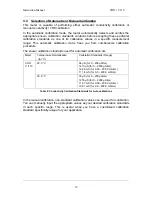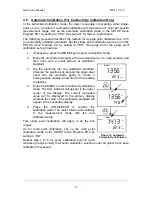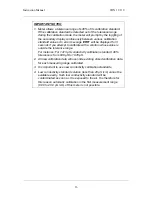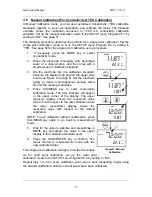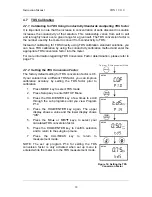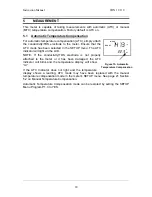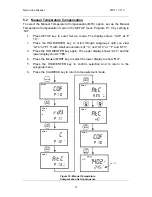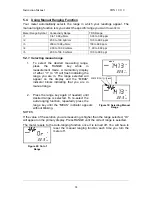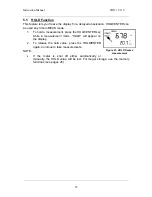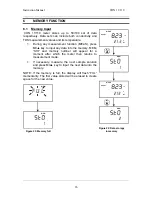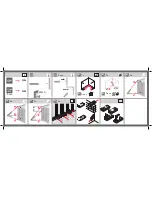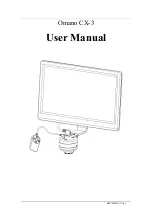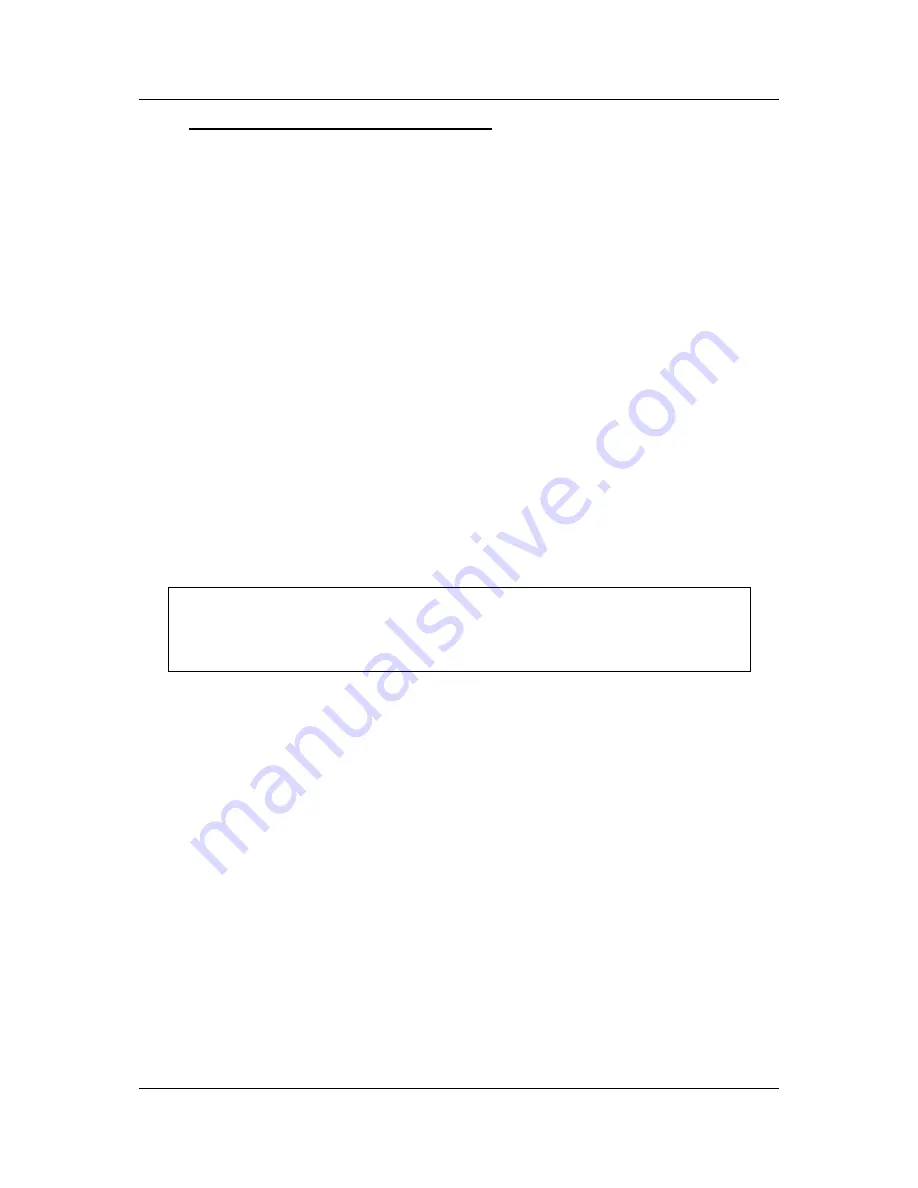
Instruction Manual
CON 11/110
12
4.2
Preparing the Meter for Calibration
Before starting calibration, make sure you are in the correct measurement mode.
For best results, select a standard value close to the sample value you are
measuring. Alternatively use a calibration solution value that is approximately 2/3 the
full-scale value of the measurement range you plan to use. For example, in the 0 to
2000 µS conductivity range, use a 1413 µS solution for calibration.
Perform calibration for all measurement ranges to ensure the highest accuracy
throughout all measurement range. Note that CON 11/110 will not accept calibration
values less than 2 µS/cm (1.0 ppm).
If you are measuring in solutions with Conductivity lower than 100 µS/cm or TDS
lower than 50 ppm, calibrate the meter at least once a week to get good accuracy. If
you are measuring in the mid ranges and you wash the electrode in deionised water
and store it dry, calibrate the meter once a month. If you take measurements at
extreme temperatures, calibrate at least once a week.
Ensure that you use new Conductivity standard solutions or sachets during
calibration. Do not reuse standard solutions as it may be contaminated and affect the
calibration and accuracy of measurements. Use fresh calibration solution each time
you calibrate your meter. Keep solutions in a dry and cool environment if possible.
Always rinse the electrode with either tap water or rinse solution before and after
each calibration/sample measurement to avoid cross-contamination.
NOTE: These meters are factory set to a temperature coefficient of 2.1%
per °C. For most applications this will provide good results.
NOTE: The factory default value for normalisation temperature is 25 °C.

















